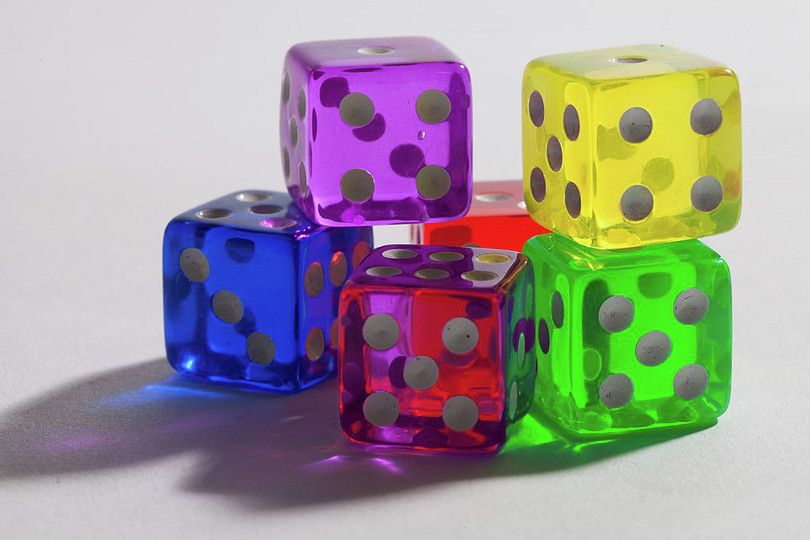Chapter 26: Probability
26.1 Introduction

Emanuel Jöbstl und Martin Thoma, CC0, via Wikimedia Commons
We use probability to describe uncertain events. When your favourite sports team plays a game, you don’t know whether they will win or not. When the weatherman says that there is a \(30 \%\) chance of rain tomorrow, your swimming gala may or may not get cancelled. There is some level of uncertainty in every event that occurs around us, and in every decision that we make.
You will see in this chapter that all of these uncertainties can be described using the rules of probability, and that we can draw conclusions about uncertain things.
